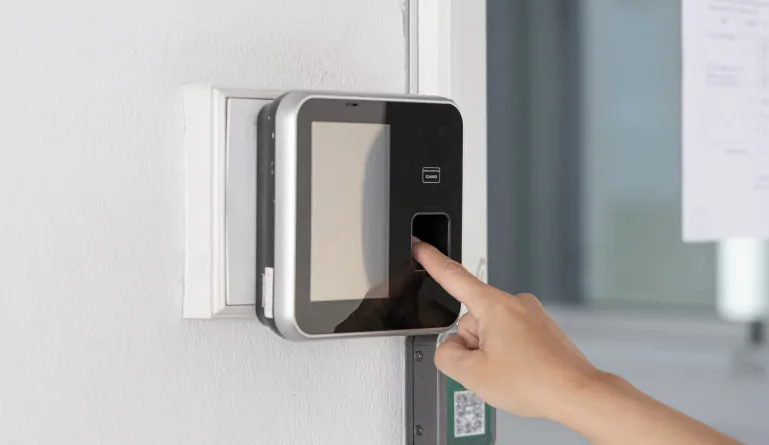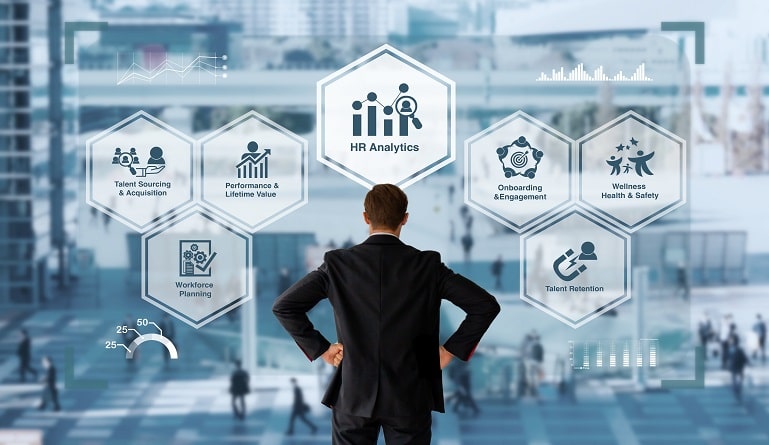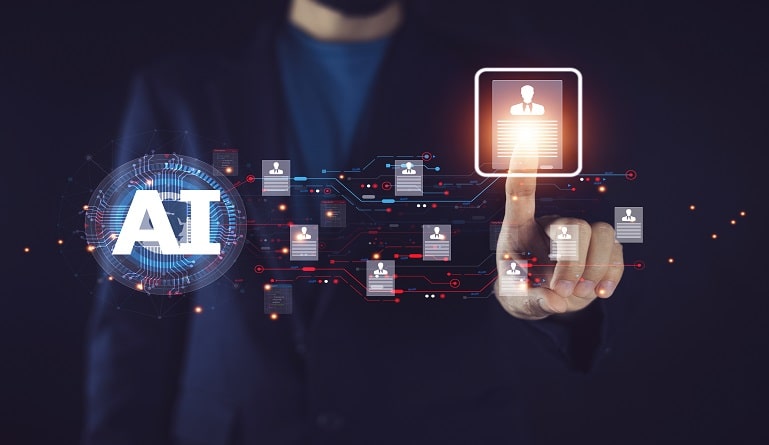People go to work for one fundamental reason – to get paid. And companies need employees to work to keep the business running. To ensure that employees get paid for the work they do as well as make sure companies only pay for the work done, a form of attendance tracking needs to be in place.
In the past, there have been several different types of attendance tracking utilized, such as time clocks and password sign-ins. Each previous system has presented a variety of challenges, including employees forgetting to clock in, a difficulty for out-of-the-office employees to clock in, and even dishonorable employees clocking one another in. Such challenges have made it nearly impossible to ensure accurate payroll records. Fortunately, there is an effective alternative: a biometric attendance system.
What is a Biometric Attendance System?
A biometric attendance system might sound a bit intimidating, but it is simply a system that requires an employee’s physical features for them to clock in and out. While this can be done using a variety of features, including the face, hand geometry, retina, vein recognition, and voice recognition, the most common feature used is a fingerprint. For the sake of simplicity, this guide will refer to fingerprint biometric systems, though it works similarly with other physical features.
How Exactly Does Biometric Attendance Tracking Work?
The first step in putting the system to work is to have each employee’s fingerprint scanned. During the scan, the system maps out a graph of the finger based on specified coordinates.
From that point forward, every time the employee clocks in or out, the system scans for those coordinates to verify their identity. As everyone’s fingerprint is different, this method is incredibly accurate.
(Also Read: What is an Employee Life Cycle?)
Benefits of Using a Biometric Attendance System
When determining whether a biometric attendance system is right for you, take the following benefits into account.
· It’s Secure
There is a common – and understandable – fear from employees when it comes to biometric systems. They’re concerned that their fingerprints can be hacked and utilized for nefarious deeds. You can, however, put your employees’ minds at ease, as these systems are designed to prevent such an issue.
One important fact to understand is that no fingerprints are actually stored. After the system maps out the coordinates of the fingerprint, the fingerprint itself is deleted. Therefore, it cannot be hacked and replicated.
Another fact is that the only information stored with the fingerprint’s coordinates is the employee ID number. Personal information, such as birth dates and social security numbers, are stored separately. Therefore, even if someone managed to bypass the security, there is nothing of use.
These systems are also designed to only be accessed by the company that is using them. Outside entities do not have a way to get into it.
Another great benefit is that a biometric system can be used for more than just attendance. It can also be utilized to ensure only those with access can enter certain areas of a facility. If you have secure areas or offices that are off-limits to some employees, this feature can be very beneficial.
· It’s Effective
Fingerprints are unique, so they cannot be duplicated by another person. This means that you don’t have to worry about employees “looking out for each other” by clocking an absent or late coworker in or out. The only person who can clock someone out is the employee themselves. This ensures that you have accurate payroll records, so everyone is getting paid as they should.
It is also very helpful for tracking paid time off and more. It can be integrated into any of your software, such as accounting, billing, and payroll, to improve your entire record-keeping process.
· It’s Easy to Use
A biometric attendance tracking system is incredibly easy for everyone to use. Employees only need to scan their fingerprint – which is always with them – and it typically takes only seconds. They don’t have to worry about remembering a pin or password, a key fob, or a key card. Biometric systems are one of the fastest ways to clock in.
And thanks to its integration capabilities with other types of software, it makes record-keeping an easier job to carry out. All of this not only saves time and the headaches of other attendance tracking systems, but it can also save a company a great deal of money.
· It Allows Remote Access
One concern of both employees and employers is how a remote employee will clock into a biometric attendance system. Fortunately, these systems address this challenge as well.
You can provide any remote, delivery, or traveling employees with cloud access so that they can clock in and out from anywhere. Not only does this ensure they get paid, but it also helps you to keep an eye on their billable hours to make sure they’re not taking advantage of the time clock.
· It’s Affordable and Easy to Install
Biometric attendance systems might sound complicated, but they are actually easy to install or have installed. Scanning and inputting each employee’s fingerprint and employee ID number will take typically take longer than installing the system itself.
They’re also affordable, but how affordable depends on the type you choose. There are typically two choices: image-based and capacitive. Image-based biometric systems map the fingerprint coordinates from an image. It is the cheaper option, but it is known to be the least accurate, too.
Capacitive biometric systems map the coordinates based on the finger’s pressure points. This provides more accuracy, but it’s also a more expensive system. Both options, however, are considered very affordable, especially in comparison to the money a company saves over time.
Final Thoughts
Biometric attendance systems provide companies and employees with several incredible benefits. They ensure that employees are paid for the time they work and that companies only pay for the work completed. They provide security and accuracy through a very easy-to-use system. Putting a biometric system to work in your company can save you money and save employees time and frustration headaches.
Other Useful Resources:
7 Ways to Maintain Employee Compliance
Best Employee Attendance Management Systems for SMBs
Employee Engagement – A Complete Guide
Can a Biometric Attendance System Help Employees Be Productive?







